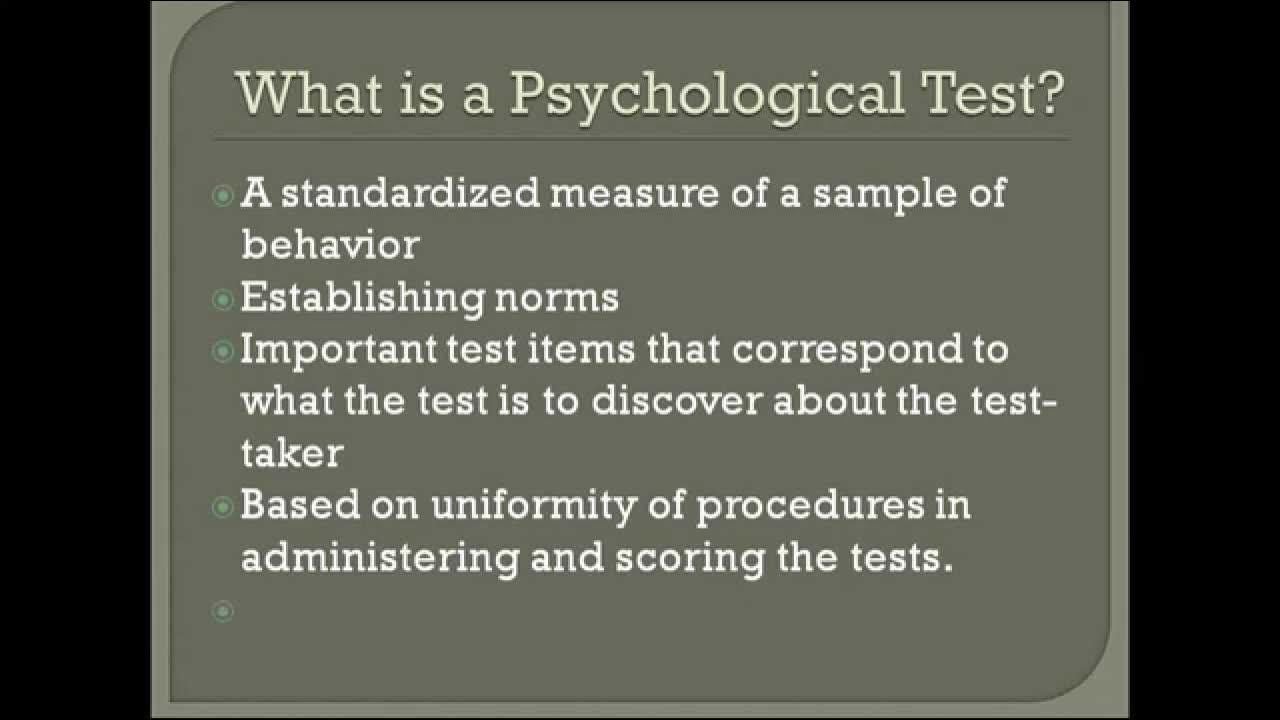Emotion and Motivation - Theories Of Emotion
Summary
TLDRThis video explores the psychological concept of emotion, breaking it down into three key components: physiological arousal, expressive behavior, and cognitive processing. It covers the relationship between emotion and motivation, explaining how emotions drive thoughts and behaviors. The video also delves into three major theories of emotion: James-Lange, Cannon-Bard, and Schachter-Singer's Two-Factor Theory. Through relatable examples, the video highlights how emotions are complex and shaped by both bodily reactions and cognitive interpretations, offering valuable insights into how emotions influence our daily lives.
Takeaways
- 😀 Emotions are subjective states of being, often referred to as our feelings, and can range from happiness to sadness, fear, or pride.
- 😀 Emotion and motivation are closely linked; emotions often drive our thoughts and behaviors.
- 😀 Emotions are complex, involving three main factors: physiological arousal, expressive behavior, and cognitive processing.
- 😀 Physiological arousal includes bodily responses like increased heart rate, blood pressure, and other fight-or-flight reactions.
- 😀 Expressive behavior refers to how our emotions influence our actions, such as standing tall when happy or slumping when sad.
- 😀 Cognitive processing involves the thoughts that accompany our emotions, such as feeling joyful and thinking 'This is great!' when happy, or worrying when sad.
- 😀 The James-Lange Theory suggests that emotion arises after physiological arousal; we feel fear because our heart races.
- 😀 A major criticism of the James-Lange Theory is that different emotions, like happiness and fear, can have similar physiological responses.
- 😀 The Cannon-Bard Theory argues that emotional and physiological reactions occur simultaneously but independently.
- 😀 The Schachter-Singer Two-Factor Theory posits that physiological arousal and cognitive appraisal together shape our emotional experiences, emphasizing the role of context in how we interpret emotions.
- 😀 Research on quadriplegic individuals challenges the Cannon-Bard theory, as they still experience emotions, though less intensely, despite lacking full bodily sensations.
Q & A
What is the textbook definition of emotion?
-Emotion is defined as a subjective state of being, often described as our feelings, such as feeling sad, proud, or embarrassed. It motivates our thoughts and behaviors.
How do emotions motivate our thoughts and behaviors?
-Emotions, like fear or happiness, motivate us to take actions. For example, fear may lead us to flee from danger, while happiness can inspire us to celebrate.
What are the three key factors that make up emotion?
-The three key factors of emotion are physiological arousal (bodily reactions like increased heart rate), expressive behavior (changes in actions), and cognitive processing (thoughts and interpretations of the emotion).
Can you give an example of how emotions affect physiological arousal?
-When experiencing happiness, your heartbeat increases, and you may feel more energetic, whereas sadness might lead to a slowed heartbeat and reduced energy.
How does expressive behavior change with different emotions?
-For happiness, people might stand tall, clap, or smile, while for sadness, individuals might slouch, look down, or display a withdrawn posture.
What does cognitive processing refer to in terms of emotion?
-Cognitive processing involves the thoughts that occur when experiencing an emotion, such as thinking 'This is great!' when happy or 'What am I going to do?' when sad.
What criticism does the James-Lange theory face?
-The James-Lange theory suggests that arousal precedes emotion, but it is criticized because different emotions (like fear or happiness) can produce similar physiological reactions, making it hard to distinguish between them solely based on bodily responses.
What is the main idea behind the Cannon-Bard theory of emotion?
-The Cannon-Bard theory proposes that emotion and physiological arousal happen simultaneously but independently. This theory suggests that emotions are not a result of bodily reactions but occur alongside them.
What is a criticism of the Cannon-Bard theory?
-The criticism comes from research on quadriplegic individuals, who, despite lacking physical sensations from the neck down, still experience emotions but report less visceral feelings, suggesting that physiological arousal and cognitive processing are not truly simultaneous.
What does the Schachter and Singer two-factor theory explain about emotions?
-The Schachter and Singer two-factor theory explains that emotions occur when physiological arousal and cognitive appraisal converge. In this theory, the body reacts first, and then the brain interprets the cause of that arousal to label it as a specific emotion.
Can you give an example that demonstrates the Schachter and Singer theory in action?
-If you're startled by someone behind you at night, your body might have a fight-or-flight response (increased heartbeat). If you then realize it's your friend playing a prank, you may label the emotion as joy, while if it's a threat, the emotion may be fear.
How do emotions drive motivation, according to the script?
-Emotions, such as fear or happiness, directly influence our actions. They push us toward certain behaviors, whether it's avoiding a threat or celebrating an achievement.
Outlines

Этот раздел доступен только подписчикам платных тарифов. Пожалуйста, перейдите на платный тариф для доступа.
Перейти на платный тарифMindmap

Этот раздел доступен только подписчикам платных тарифов. Пожалуйста, перейдите на платный тариф для доступа.
Перейти на платный тарифKeywords

Этот раздел доступен только подписчикам платных тарифов. Пожалуйста, перейдите на платный тариф для доступа.
Перейти на платный тарифHighlights

Этот раздел доступен только подписчикам платных тарифов. Пожалуйста, перейдите на платный тариф для доступа.
Перейти на платный тарифTranscripts

Этот раздел доступен только подписчикам платных тарифов. Пожалуйста, перейдите на платный тариф для доступа.
Перейти на платный тариф5.0 / 5 (0 votes)






